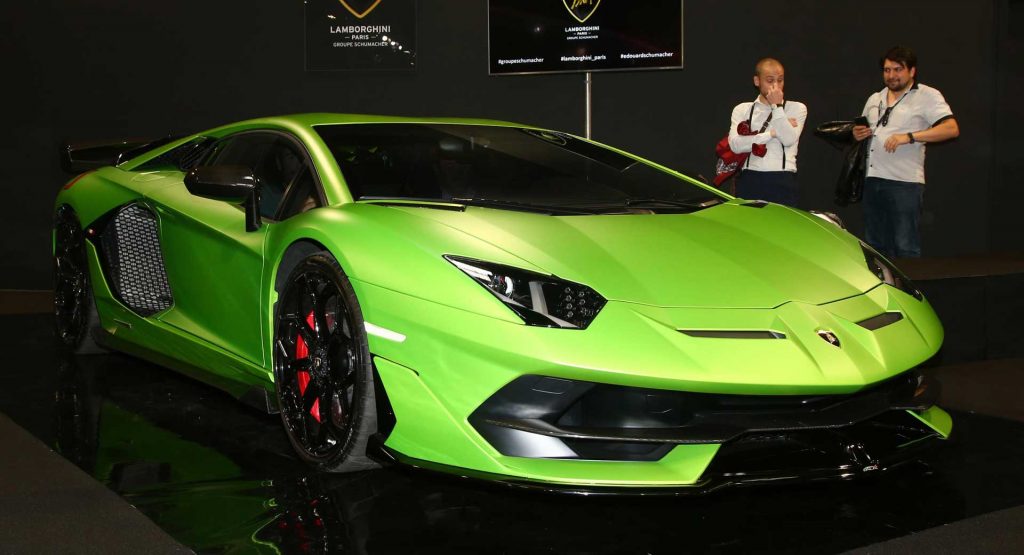The successor to the Lamborghini Aventador is apparently just around the corner, and could launch in 2020 with a hybrid powertrain.
Autocar claims that, prior to the unveiling of the Aventador’s successor in two years, the Italian marque will preview the supercar’s hybrid powertrain with the launch of a limited-run hypercar. Allegedly codenamed LB48H, this vehicle was previewed to select Lamborghini customers earlier this year with a naturally-aspirated V12 engine mated to an electric motor to increase power and, of course, reduce emissions.
After all, Lamborghini has made no secret of the fact that tighter emissions regulations will force it to adopt electrification in future production models.
Earlier this year, company chief technical officer Maurizio Reggiani said that the automaker’s first hybrid supercar will be able to travel purely on electric power for a yet-to-be-determined distance. Due to regulations in China, it is possible that the vehicle’s all-electric range will be up to 50 km (31 miles).
While the addition of one or more electric motors to the firm’s iconic naturally-aspirated V12 engine will increase horsepower and torque, it will also increase the vehicle’s weight. In fact, Reggiani thinks the hybrid system could add between 150 kg and 200 kg (330 – 440 lbs) to the supercar’s overall weight.
“I always say that I prefer to have 10kg less rather than 1hp more, even if the power-to-weight ratio remains the same. But I imagine the starting point of the car will be heavier, no doubt. What will be the end game? We don’t know. Improvements will happen.”
It is possible that the hybrid system of Lambo’s new range-topping supercar could utilize an electrically-powered front axle. Lamborghini says that such a system would allow for full torque vectoring at the front, helping to compensate for the extra weight and, at the same time, increase the car’s agility. It would also be a standalone system, disconnected from the internal combustion engine.
This setup was previewed in 2014 by the Asterion concept, which used the Huracan’s V10 to drive the rear wheels and three brushless electric motors driving the front ones, for a combined output of 910 PS (898 HP), an average consumption of just 4.2 lt/100km (67 mpg UK / 55.8 mpg US) and CO2 emissions of 98 g/km.
“I think yes, you could have a gearbox in the front. This is my vision. It can be much more manageable to have an electric motor in the front because you don’t need any kind of propeller shaft. I think it can be the best solution.”









